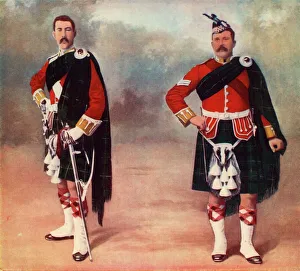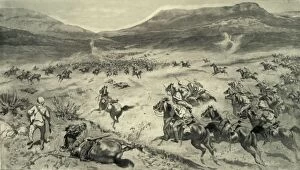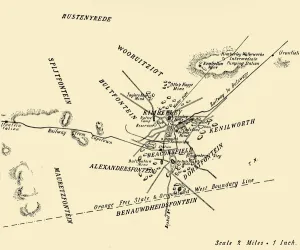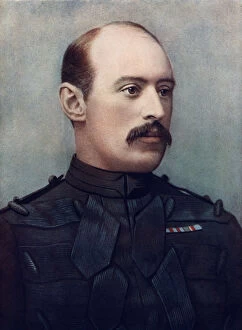Siege Of Kimberley Collection
"The Siege of Kimberley: A Historic Battle for Freedom" In the midst of the South African War, the Cape Town Highlanders stood tall and proud
All Professionally Made to Order for Quick Shipping
"The Siege of Kimberley: A Historic Battle for Freedom" In the midst of the South African War, the Cape Town Highlanders stood tall and proud, ready to defend their beloved city. The year was 1900, and as tensions rose, so did their determination. When news spread that Kimberley was relieved by French forces, a sense of relief washed over the weary soldiers. Lieutenant-Colonel The Earl of Airlie led his brave 12th Lancers with unwavering courage during this critical moment in history. Amidst the chaos, a scout from the 6th Dragoon Guards (Carabineers) fearlessly ventured into enemy territory. With every step he took, he embodied bravery and resilience. The Last Stand made by the Boers before Kimberley remains etched in our memories. As British cavalry charged forward with indomitable spirit in 1900, they fought valiantly against all odds. Within the besieged city walls stood splinter-proof shelters constructed with sandbags and iron plates - a testament to human ingenuity amidst adversity. These structures provided solace and protection during those trying times. Mr. Rhodes erected a placard that symbolized hope and unity among its people during these dark days. It served as a reminder that together they would overcome any obstacle thrown their way. Underground dwellings became typical sights within Kimberley's landscape - silent witnesses to countless stories of survival and resilience. These hidden sanctuaries offered refuge from constant bombardment. In an audacious dash for freedom, we witnessed the heroic crossing of Klip Drift by none other than the gallant 10th Hussars in 1900. Their unwavering determination paved the way for liberation. A detailed plan showcased Kimberley's strategic layout during this tumultuous period - an invaluable tool guiding both defenders and liberators alike through treacherous terrain. Lieutenant-General Thomas Kelly-Kenny, C. B.














